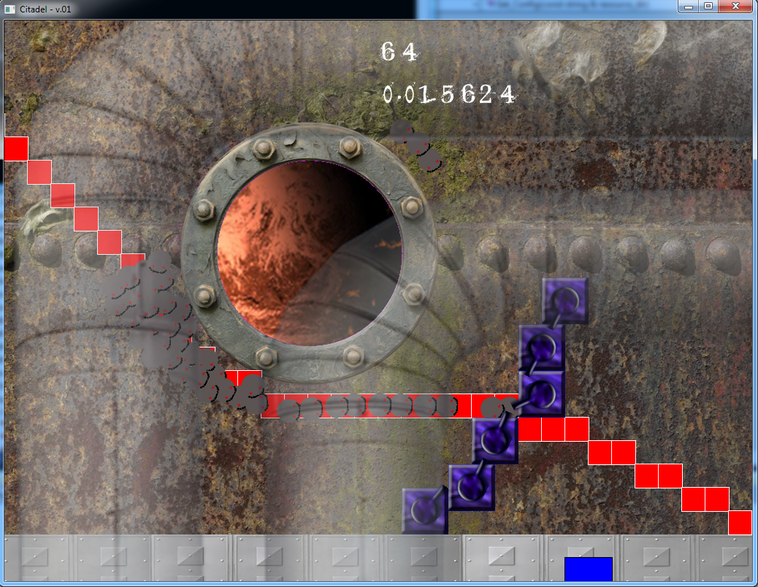
How would I tell A* that such a path is not viable?
A quick hack to fix the issue would be to raise costs of all diagonal movement to something really high, that way creeps never move diagonal, however the paths are definitely not as optimal in these cases, it works but it would be nice to have a better solution.
Any suggestions?
[EDIT]
a picture of the hack
http://i135.photobucket.com/albums/q126/BlackShark33/pathfindingissuehax.png
also, I just realized this post probably belongs in the AI forums, should not be posting at 4am :o
[Edited by - BlackShark33 on October 16, 2010 7:48:59 AM]







